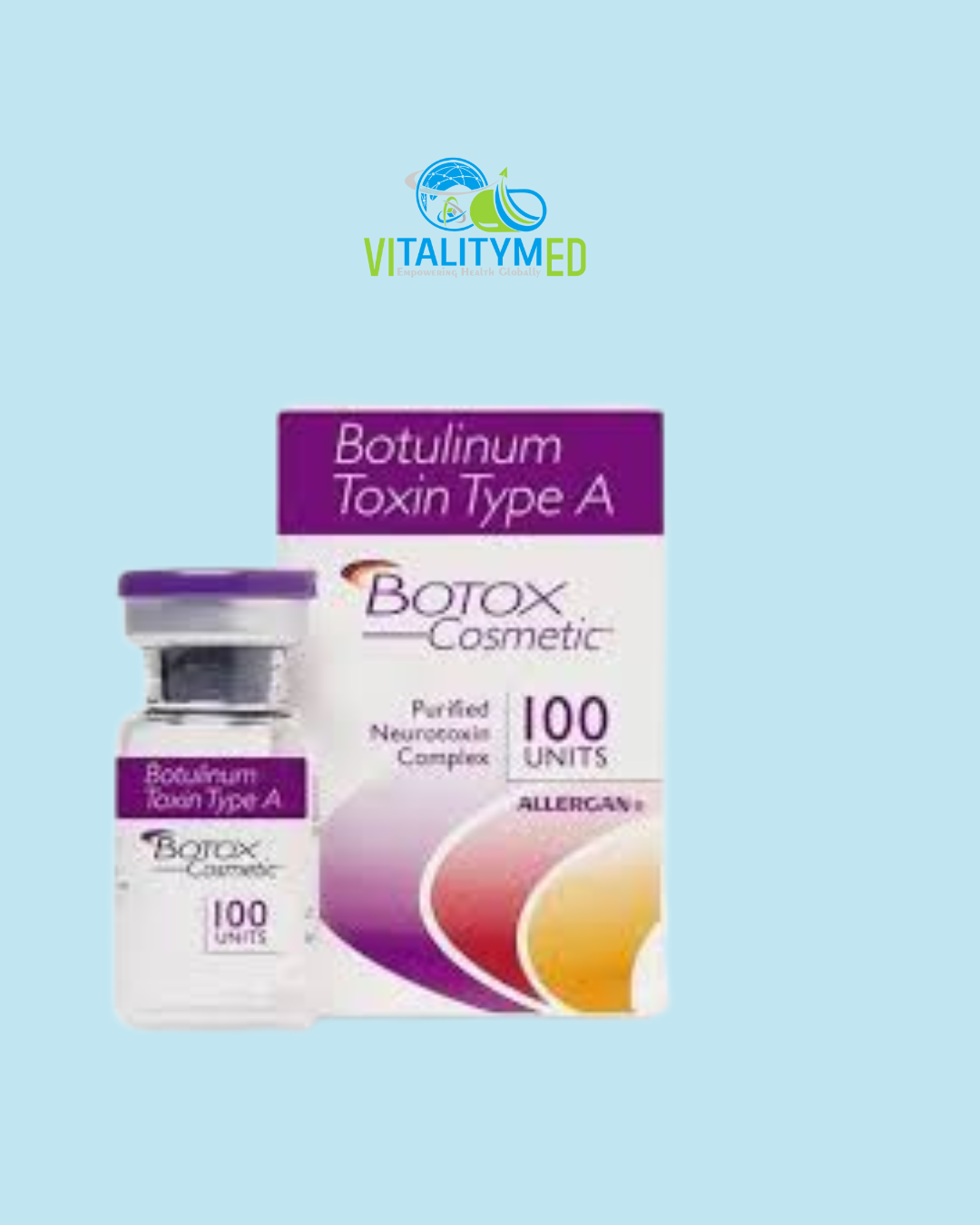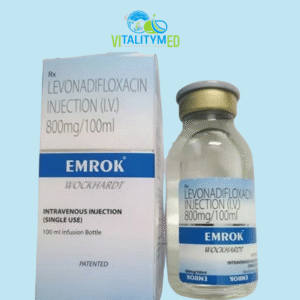Botox is a purified neurotoxin complex derived from Clostridium botulinum Type A. It is widely known for its dual role in medical therapeutics and aesthetic procedures. Botox works by temporarily paralyzing targeted muscles or blocking certain nerve signals, which helps reduce abnormal muscle contraction and improves skin smoothness in cosmetic applications.
Mechanism of Action
Botulinum toxin type A inhibits the release of acetylcholine at the neuromuscular junction. By preventing this neurotransmitter from being released, the toxin causes temporary muscle relaxation or paralysis. This helps relieve muscle spasticity, reduce overactivity of certain glands, and smooth out dynamic wrinkles in cosmetic use.
Medical Uses / Indications
Botox is FDA-approved and used in the treatment of:
Neurological and Muscular Conditions
-
Chronic migraine (≥15 headache days/month)
-
Cervical dystonia (abnormal neck muscle contractions)
-
Blepharospasm (involuntary blinking)
-
Strabismus (crossed eyes)
-
Spasticity in upper and lower limbs (e.g., post-stroke)
-
Overactive bladder and urinary incontinence due to neurologic conditions
Dermatologic & Cosmetic Uses
-
Glabellar lines (frown lines between eyebrows)
-
Crow’s feet (lines at outer corners of eyes)
-
Forehead lines
-
Hyperhidrosis (excessive sweating of underarms, palms, soles)
Adverse Effects
Side effects are generally localized and depend on the site of injection:
-
Local: pain, swelling, bruising at injection site
-
Muscle weakness near the injection area
-
Ptosis (eyelid droop)
-
Dry mouth
-
Headache
-
Flu-like symptoms
-
In rare cases: difficulty swallowing, speaking, or breathing (especially in higher doses or incorrect administration)
-
-







